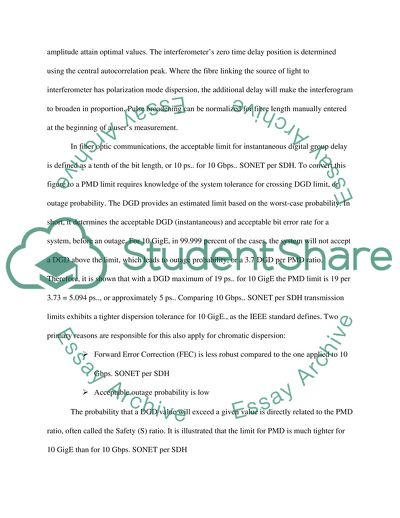Cite this document
(Optical Fiber Testing Report Example | Topics and Well Written Essays - 2750 words, n.d.)
Optical Fiber Testing Report Example | Topics and Well Written Essays - 2750 words. https://studentshare.org/engineering-and-construction/1810104-optical-fiber-testing
Optical Fiber Testing Report Example | Topics and Well Written Essays - 2750 words. https://studentshare.org/engineering-and-construction/1810104-optical-fiber-testing
(Optical Fiber Testing Report Example | Topics and Well Written Essays - 2750 Words)
Optical Fiber Testing Report Example | Topics and Well Written Essays - 2750 Words. https://studentshare.org/engineering-and-construction/1810104-optical-fiber-testing.
Optical Fiber Testing Report Example | Topics and Well Written Essays - 2750 Words. https://studentshare.org/engineering-and-construction/1810104-optical-fiber-testing.
“Optical Fiber Testing Report Example | Topics and Well Written Essays - 2750 Words”. https://studentshare.org/engineering-and-construction/1810104-optical-fiber-testing.


